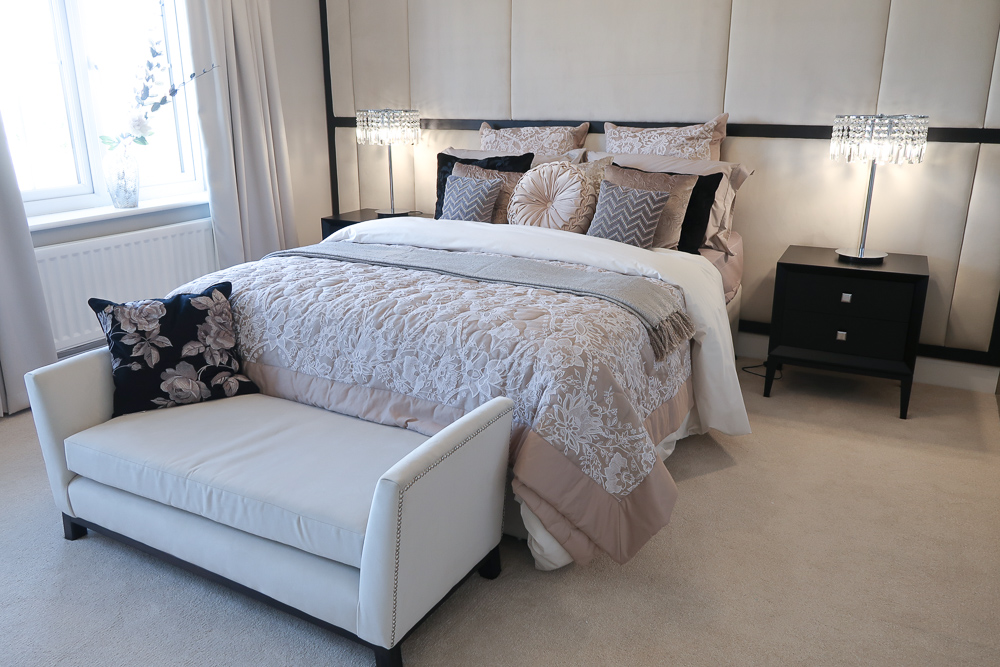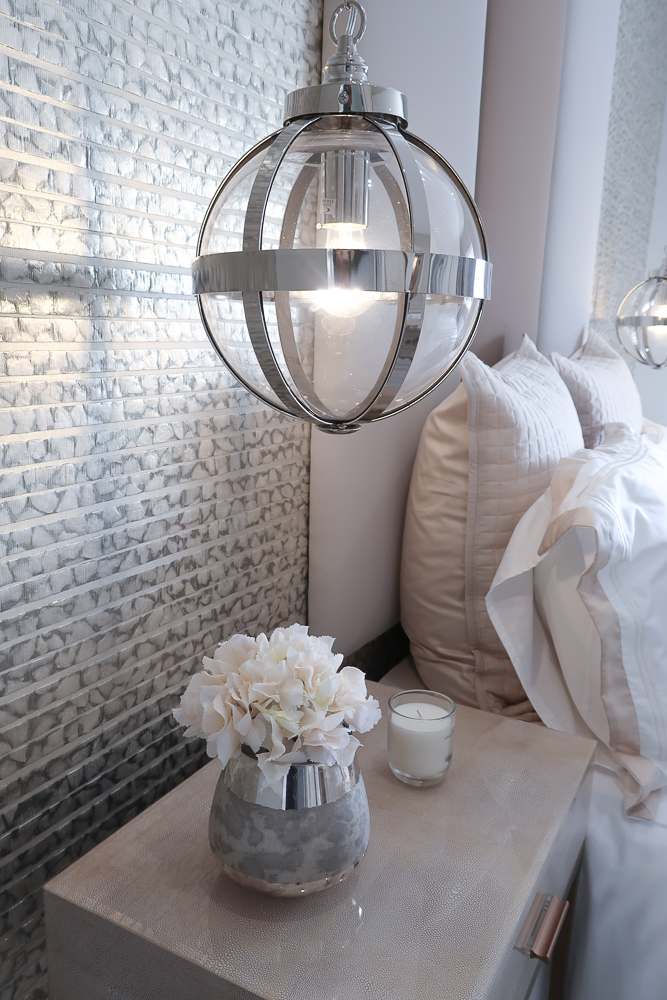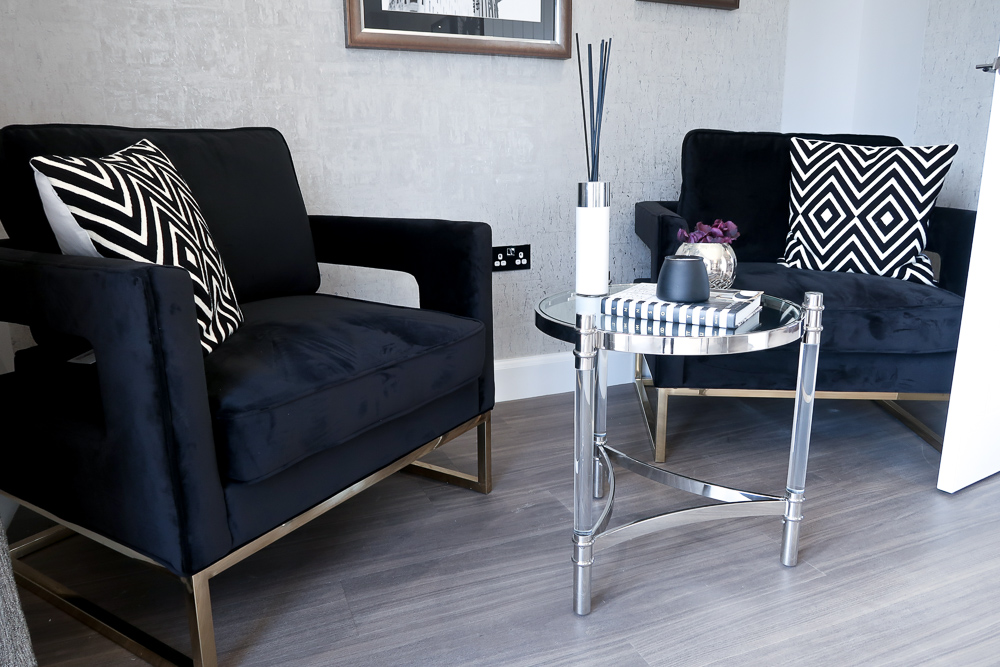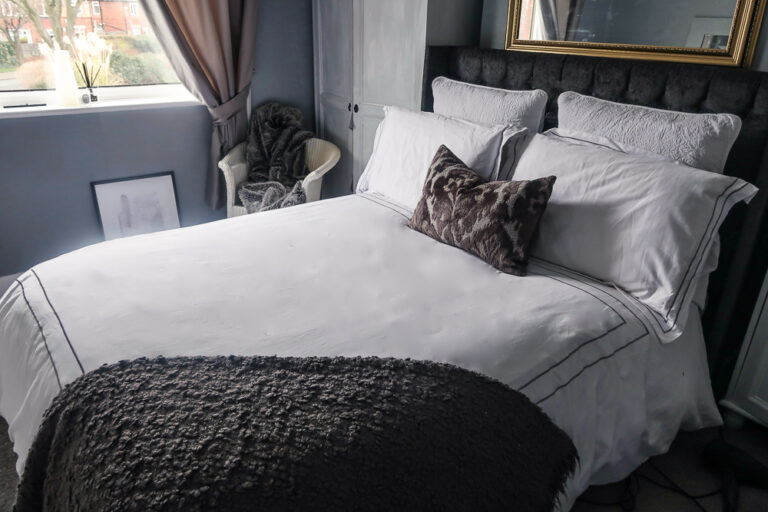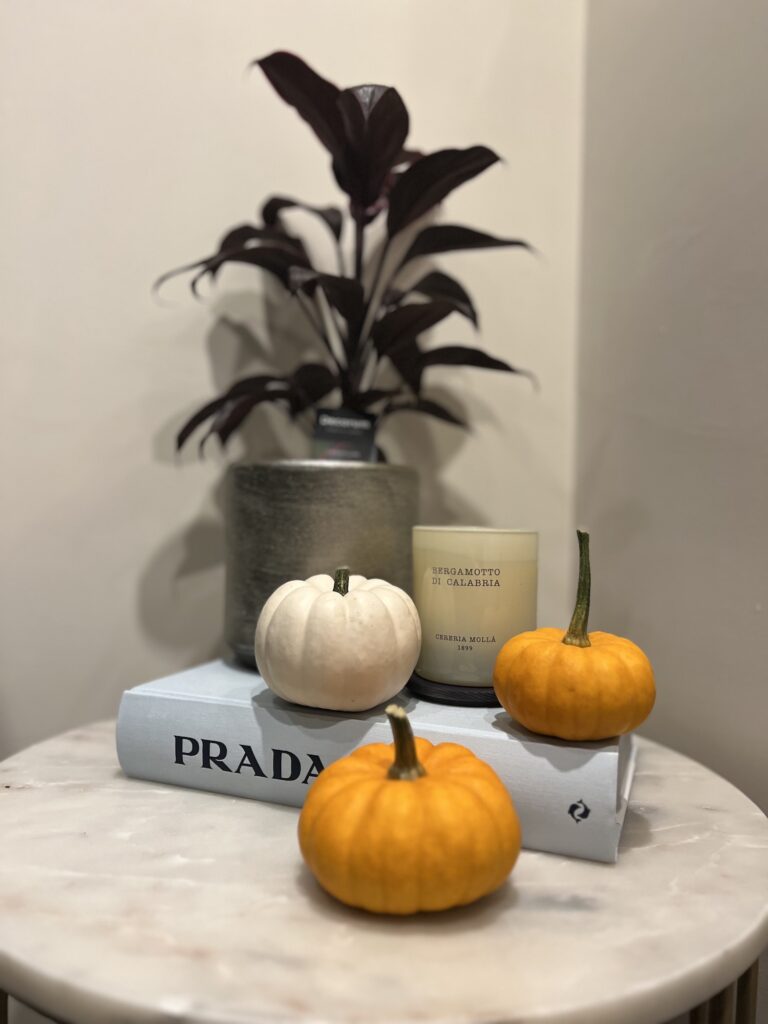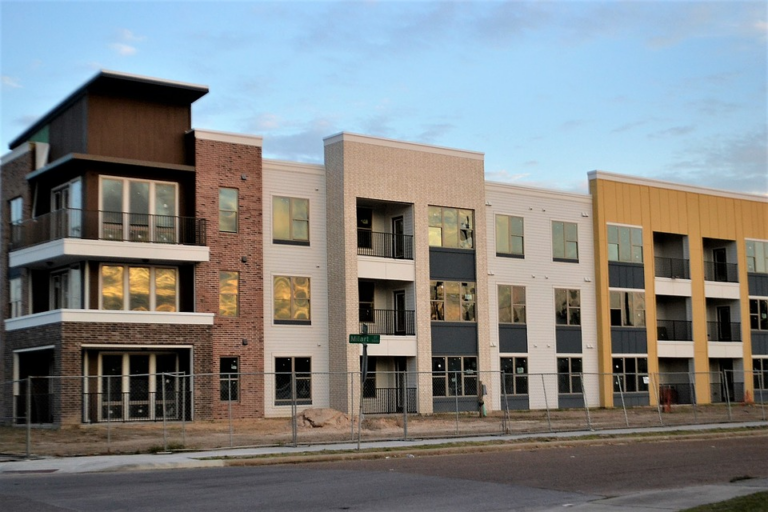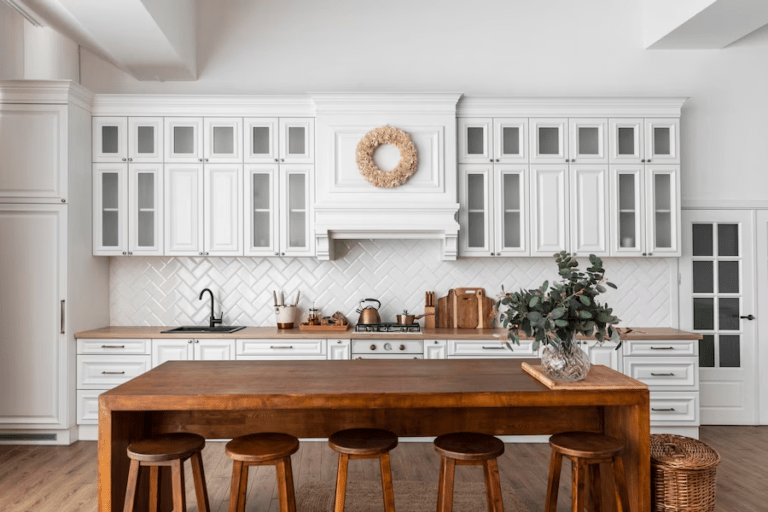Buying A New Home? Here’s What To Look Out For When Buying And Tips For Settling In
Buying a new home is an exciting time full of new adventures and choices to make for style and creating your own unique space. However, it can also be somewhat of a minefield to navigate when choosing a home on the market. From issues such as damp and mould to structural issues and nightmare neighbours.
To help you make the right choice when picking a new home, we’ve created the following guide on what to look out for when viewing houses and the potential issues that can crop up. We’ll also be listing some useful tips for how to help you get settled into your new home once you’ve made the big decision. Keep reading to find out more.
Buying A New Home? Here’s What To Look Out For When Buying And Tips For Settling In
Choosing The Kind Of Property You’re Looking For
The first step you need to take is deciding what you’re even looking for in a new home. For example, how many bedrooms do you need, how many bathrooms would be practical, and whether you want a detached, semi-detached, or terraced property? Most of this will depend on the budget you’re working with as well as the area in which you’re buying, so it’s important to try to be realistic about how far your budget will stretch.
Speaking to a mortgage advisor will help you learn more about the amount of money you can borrow for your new home and will allow you to start working toward a savings goal. Setting aside a separate savings account you never dip into will help you achieve your savings goals and avoid taking money out of it. Once you have a budget amount, you can then start researching properties in the area that you want to move to that fit with your ideals.
You might find that you have to compromise on certain aspects of a property to find something that works for you. Creating a list of the top things you’re looking for in a new home can be helpful when viewing properties to help rule out certain options and find the perfect home for you.
Choosing The Right Area
As mentioned, the area in which you’re buying a property will be a huge aspect of finding the perfect home. It will also be possibly the biggest factor affecting the property prices and what you can get for your money. It can be helpful to have other options alongside your perfect location to help you find the right home if your budget doesn’t stretch to your perfect location and get the right kind of property for your needs.
Take time to visit different locations and spend a few hours there to get an idea of what it would be like to live within a certain town or city. You also need to factor in other members of your family who might be moving with you. For example, nearby schools, workplaces, or places to walk your dog.
Structural Issues To Look Out For
One of the biggest issues when buying a new home is properties that have structural problems. These issues could be a variety of issues such as damp, rising damp, mould, subsidence, or lack of structural integrity. Make sure you check for signs of these issues when looking at properties, and hire a surveyor to check over a property before going through with the purchase.
If there are structural issues, this can help bring down the cost of the property if you still want to buy it and invest in structural repairs. You can also hire professionals to help with issues such as drain unblocking in London or help with gutter repairs.
Signs Of Problem Neighbours
Another potential issue that can be off-putting when buying a house is problem neighbours. It’s not always easy to tell if there could be difficult neighbours until you’re living in a house. However, some of the signs to look out for include noise pollution and lack of regard for other neighbours, not following neighbourhood regulations, neglecting pets, littering, and overgrown gardens. If you’re struggling with problem neighbours, you can report them to the police or to the council to try and resolve the issue if you can’t come to an amicable agreement with them yourselves.
Navigating Planning Permission Regulations
If you’re planning to make changes to a property once you’ve bought it, then you’ll likely need to go through the planning permission process. This means gaining permission from the local council for your area and the surrounding neighbours for extensions or changes to your property. The rules around planning permission can change depending on the area in which you live, so be sure to contact your local council to ask for guidelines on applying for planning permission.
Getting A Second Opinion And Surveyors
Before buying a property make sure you take someone along with you to get a second opinion, ideally someone who has plenty of experience with buying properties themselves or knowledge on checking for signs of issues with properties. Regardless of how much experience either yourself or someone you take with you has about properties and checking for damage, you should still hire a surveyor to check the property for you to avoid costly repairs you weren’t prepared for following the purchase.
Tips For Settling Into Your New Home
Once you’ve bought the ideal property, it’s time to settle in. Especially if it’s your first-time moving house, it can be difficult to start feeling at home in a new property. So, here are some tips to help you get settled into your new home.
Deciding On A Style Choice
If you’ve never decorated your home before, the vast array of design styles and choices can be overwhelming, and you might feel unsure what your style is. Take time to research ideas online or in homeware design stores and see what you’re naturally drawn to. Once you start adding new design additions to your home, you’ll quickly start to recognise what feels most natural to you and you can then build the rest of your décor from there.
Creating a mood board of ideas for styling your new home can be a good idea to help you decide on which changes you want to make and how you’ll incorporate different style elements. If you’re unsure about your style and how to decorate your home, then hiring an interior designer can be a great way to find inspiration for designing the layout and styling of rooms in your house.
DIY Tasks Or Professionals
A great way to decorate your new home without breaking the bank is to try and have a go at DIY tasks yourself. Of course, there are some jobs you should stay away from, such as electrics and plumbing, as these need to be carried out by a qualified professional. However, as long as you equip yourself safely and do your research first, there is a wide range of decorating and repairing tasks you could potentially complete yourself. Asking for help from family and friends can be a good way to get DIY tasks done more quickly or to a higher standard.
Adding Photos And Artwork
To help your new house feel like home, adding pictures of family, friends, or memorable events is a great way to make it feel more familiar. Investing in your favourite pieces of art is another design addition that can help you put your own stamp on a property. Consider the framing of your pictures as well as the pictures themselves. For example, would you choose wooden, black, or mirrored framing? Creating a gallery wall is a great way to not only include your favourite pictures and artwork, but also create an eye-catching design feature.
Hosting A Housewarming Party
Hosting a housewarming party is a great way to make your new house feel homely. It also lets your family and friends see your new home and admire your decorating choices. You could even use it as an opportunity to get some help with decorating your home or seeking advice on style inspiration. You could also use this as a nice opportunity to invite your new neighbours around and get to know them better. Having a good relationship with your neighbours can make living in a new area much easier and has benefits such as having someone to watch your home for you while you’re away on holiday.
Heating And Insulation
Making your home warm and cosy is important to make sure you’re comfortable living there. Before buying a house, check what kind of insulation it has and whether this would need updating or improving with different forms of insulation. You should also find out whether you can apply for a grant to help with the cost.
Settling into a new home can take some time, but with these tips, we hope it can be easier for you to make your new house feel like yours and create a sanctuary that you’ll love going home to.



